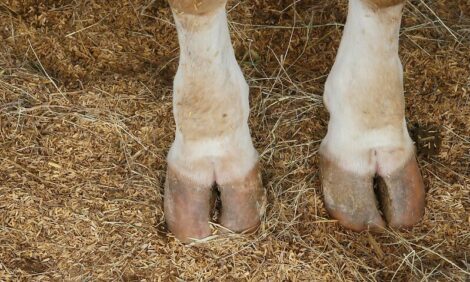



Spanish, Portuguese swine sectors enter new phase - GAIN
High input costs, EU regulations impacting farmersSince 2020, Spain has taken over Germany’s position as the largest EU pork producer. In the same year, Spain also became the largest pork exporter in the world, surpassing the United States. However, in 2022, Spanish slaughter declined for the first time since 2013, according to a recent US Department of Agriculture (USDA) Global Agricultural Information Network (GAIN) report.
In addition, pig production in Spain has been affected by several Porcine Reproductive and Respiratory Syndrome (PRRS) outbreaks in Catalonia and Aragon that have lowered productivity.
According to the Spanish sector, this downward trend in swine and pork production may continue in 2023 and 2024, driven by lower pork exports to non-EU markets (mainly China), continued high input costs, and EU regulations. Another driver to this reduction is the Spanish Royal Decree 159/2023 on animal welfare with higher requirements than EU animal welfare regulations. Specifically, there are new values for the maximum density of animals in farms, new conditions regarding feeding, water, feeders, environmental conditions, and the availability of manipulable material for the animals. Existing farms will have two years to make the adaptations.
Additionally, due to the measures adopted to reduce antibiotic levels in swine to avoid antimicrobial resistance (AMR), aligned with the ‘One Health” approach, mortality rate and losses also increased in 2022 and may continue to rise in 2023 and 2024. New animal welfare regulations are also the main driver for changes in the Portuguese swine sector. To support the sector with the implementation of better animal welfare conditions and to reduce AMR, the new CAP will provide funds to Portuguese farmers with €60 per sow.







